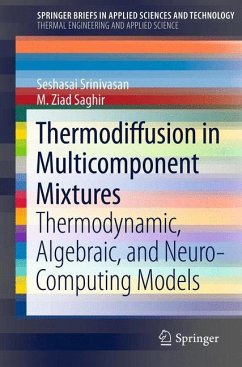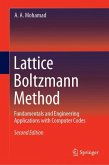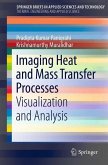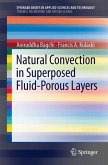Thermodiffusion in Multicomponent Mixtures presents the computational approaches that are employed in the study of thermodiffusion in various types of mixtures, namely, hydrocarbons, polymers, water-alcohol, molten metals, and so forth. We present a detailed formalism of these methods that are based on non-equilibrium thermodynamics or algebraic correlations or principles of the artificial neural network. The book will serve as single complete reference to understand the theoretical derivations of thermodiffusion models and its application to different types of multi-component mixtures. An exhaustive discussion of these is used to give a complete perspective of the principles and the key factors that govern the thermodiffusion process.
From the reviews:
"This short monograph refers to an important transport phenomenon in multicomponent mixtures, which stems from a competition between the Soret effect (thermodiffusion in the case of a nonuniform temperature distribution) and the Fickian diffusion process due to concentration gradients. ... The book is written from the physicist's point of view and its addressees are professionals in thermal engineering and material science, plus postdoctoral researchers and graduate students of physics and applied science faculties." (Piotr Garbaczewski, Zentralblatt MATH, Vol. 1263, 2013)
"This short monograph refers to an important transport phenomenon in multicomponent mixtures, which stems from a competition between the Soret effect (thermodiffusion in the case of a nonuniform temperature distribution) and the Fickian diffusion process due to concentration gradients. ... The book is written from the physicist's point of view and its addressees are professionals in thermal engineering and material science, plus postdoctoral researchers and graduate students of physics and applied science faculties." (Piotr Garbaczewski, Zentralblatt MATH, Vol. 1263, 2013)








